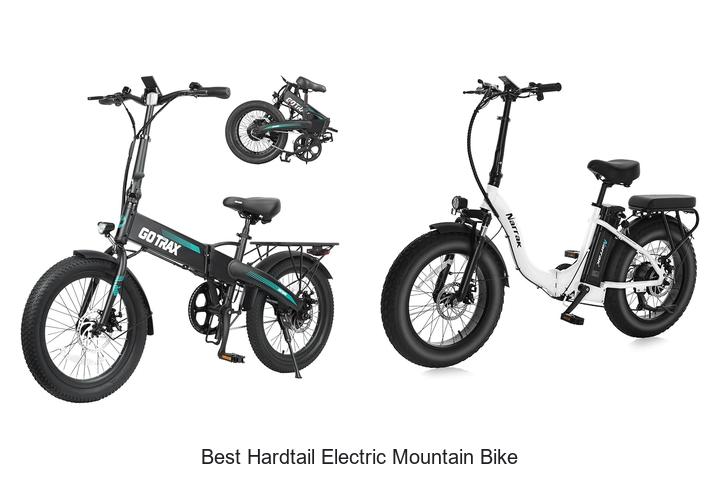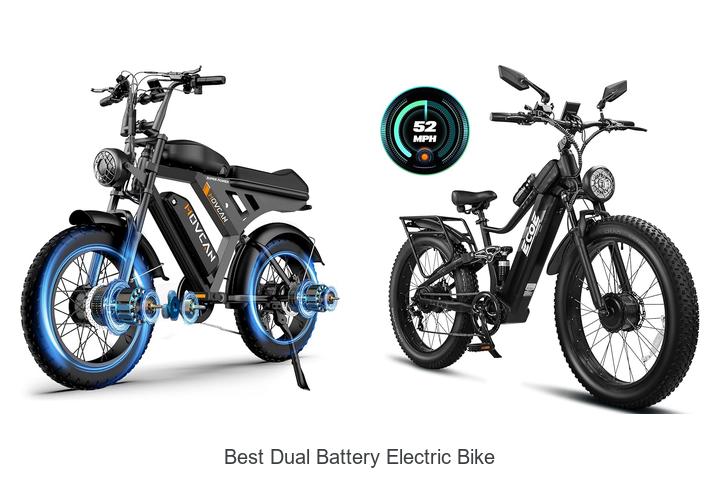How to Store an Electric Bike Battery for Longer Life
Storing your electric bike battery properly can make all the difference in keeping it healthy and extending its lifespan. Whether you’re putting your e-bike away for the season or just want to ensure your battery stays in top shape, knowing the right storage techniques is essential.
You’ll learn simple steps that protect your battery from damage caused by extreme temperatures, moisture, and neglect. With the right care, your battery will be ready to power your rides whenever you are.
Understanding Electric Bike Batteries
Knowing the types of electric bike batteries and why proper storage matters helps you protect your investment and maximize its lifespan.
Types of Electric Bike Batteries
You encounter mainly three types of e-bike batteries: lithium-ion (Li-ion), nickel-metal hydride (NiMH), and lead-acid. Lithium-ion batteries dominate the market due to their high energy density, lighter weight, and longer life cycles. NiMH batteries offer moderate capacity but weigh more and suffer faster capacity loss. Lead-acid batteries are the heaviest and least efficient; you see them mostly in budget models or older bikes. Li-ion batteries consist of multiple cells connected in series and parallel, requiring careful handling during charging and storage to avoid damage.
Why Proper Storage Matters
You extend your battery’s functionality and prevent capacity loss by storing it correctly. Improper storage leads to reduced charge retention, permanent capacity loss, and even safety risks such as swelling or leakage. Batteries degrade faster if exposed to extreme temperatures, high humidity, or kept fully charged or completely drained for long periods. Maintaining your battery at about 40-60% charge and storing it in a cool, dry place preserves its chemistry and performance over time.
Preparing Your Battery for Storage
Proper preparation preserves your electric bike battery’s health and ensures reliable performance after storage. Take steps to clean, inspect, and charge the battery correctly before setting it aside.
Cleaning and Inspecting the Battery
Inspect your battery for damages like cracks, swelling, or corrosion before storing it. Wipe the battery casing and terminals with a dry cloth to remove dirt and debris. Avoid using water or cleaning agents as moisture can cause short circuits or corrosion. Check the battery connectors and housing for secure fittings to prevent damage during storage.
Charging Recommendations Before Storage
Charge your battery to 40-60% capacity before storage to maintain optimal health. Avoid storing a fully charged or fully depleted battery, as both conditions accelerate capacity loss. If possible, recharge the battery every 3 months to prevent deep discharge and maintain cell balance. Disconnect the battery from the bike or charger to avoid accidental drainage during extended storage periods.
Ideal Storage Conditions
Storing your electric bike battery under the right conditions ensures maximum lifespan and performance. Focus on controlling temperature, humidity, and environmental exposure to maintain battery health.
Temperature and Humidity Guidelines
Store the battery in a cool, dry place with temperatures ranging from 50°F to 70°F (10°C to 21°C). Avoid locations where temperatures drop below 32°F (0°C) or rise above 80°F (27°C), as extreme heat or cold accelerates capacity loss and damages battery cells. Maintain relative humidity between 30% and 50% to prevent moisture buildup, which can lead to corrosion and electrical faults.
Avoiding Extreme Environmental Factors
Shield your battery from direct sunlight, rain, and dust during storage. Avoid places with rapid temperature changes, such as garages without insulation or outdoor sheds, to prevent condensation and internal damage. Keep the battery off the ground and away from chemicals, solvents, and conductive materials that might cause short circuits or corrosion.
Storage Methods and Best Practices
Proper storage methods preserve your electric bike battery’s health and performance. Applying the right techniques for both short-term and long-term storage prevents capacity loss and safety hazards.
Short-Term Storage Tips
Maintain the battery charge between 40% and 60% before storing it for less than one month. Store the battery in a cool, dry place with temperatures from 50°F to 70°F (10°C to 21°C). Disconnect the battery from your e-bike or charger to avoid accidental drainage. Avoid exposure to direct sunlight, moisture, and dust during storage. Check the battery periodically and recharge it if the voltage drops below 40% to ensure cell balance.
Long-Term Storage Strategies
For storage beyond one month, charge the battery to approximately 50% capacity before storing. Place the battery in an environment with stable temperatures, ideally between 50°F and 70°F (10°C and 21°C), and humidity levels of 30% to 50%. Store the battery off the ground and away from chemicals or conductive materials to prevent damage. Recharge the battery every three months to avoid deep discharge, which can degrade battery life. Conduct an inspection for any damage or corrosion before and after storage intervals.
Using Battery Storage Cases
Employ storage cases designed for electric bike batteries to enhance protection during storage. These cases shield the battery from physical damage, dust, moisture, and temperature fluctuations. Ensure the case offers adequate ventilation to prevent overheating. Use non-conductive materials inside the case to avoid short circuits. Store the battery inside the case in a secure, indoor location to maintain optimal conditions longer.
Maintaining Battery Health During Storage
Proper maintenance during storage preserves your electric bike battery’s capacity and safety. Regular attention avoids degradation and keeps your battery ready for use.
Periodic Charging and Monitoring
Maintain a battery charge between 40% and 60% during storage. Recharge the battery every three months to prevent deep discharge, which causes irreversible capacity loss. Monitor voltage levels monthly if possible, ensuring they do not drop below manufacturer-recommended minimums. Disconnect the battery from any equipment to avoid unintended draining. Use a charger suitable for your battery type—lithium-ion batteries require chargers with built-in protections against overcharging and overheating. Keep the battery in a location with stable temperature conditions when checking or charging.
Signs of Battery Degradation to Watch For
Recognize early signs of battery degradation to address issues promptly. Look for reduced runtime compared to original performance, swelling or deformation of the battery casing, and unusual heat generation during charging or use. Noticeable voltage drops or inability to hold a charge indicate internal damage. Corrosion on terminals or connectors also signals deterioration. If you observe any of these signs, cease using the battery and consult the manufacturer or a professional technician to avoid safety hazards or further damage.
Common Mistakes to Avoid When Storing Electric Bike Batteries
- Charging to full capacity before storage. You should store batteries at 40-60% charge to prevent stress and capacity loss.
- Leaving the battery connected to the e-bike or charger. Disconnect it to avoid accidental drainage or short circuits during storage.
- Exposing the battery to extreme temperatures. Temperatures below 32°F (0°C) or above 104°F (40°C) accelerate degradation and reduce lifespan.
- Storing the battery in damp or humid environments. Excess moisture promotes corrosion and internal damage.
- Placing the battery directly on the ground. Keep it on a shelf or insulated surface to avoid physical damage and moisture absorption.
- Ignoring periodic maintenance. Recharge the battery every three months and inspect for swelling, heat, or corrosion to catch issues early.
- Using water or cleaning agents on the battery. Clean only with a dry cloth to prevent moisture infiltration and damage.
- Storing the battery near chemicals or conductive materials. This increases the risk of short circuits and chemical damage.
Avoiding these common mistakes helps you maintain your electric bike battery’s health and maximize its service life.
Conclusion
Taking care of your electric bike battery during storage is key to preserving its performance and safety. By keeping it in the right environment and following proper maintenance routines, you’ll avoid common pitfalls that shorten battery life.
Stay proactive with regular checks and charge management to ensure your battery is always ready to power your ride. With the right approach, you’ll get the most out of your investment and enjoy a reliable e-bike experience every time you hit the road.





